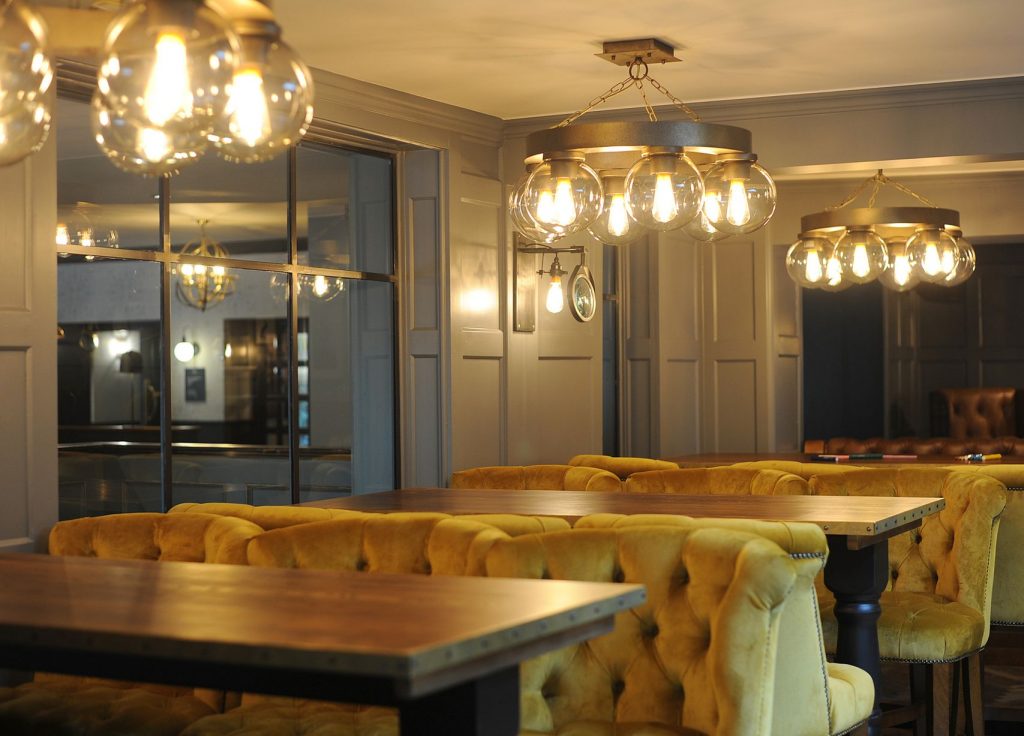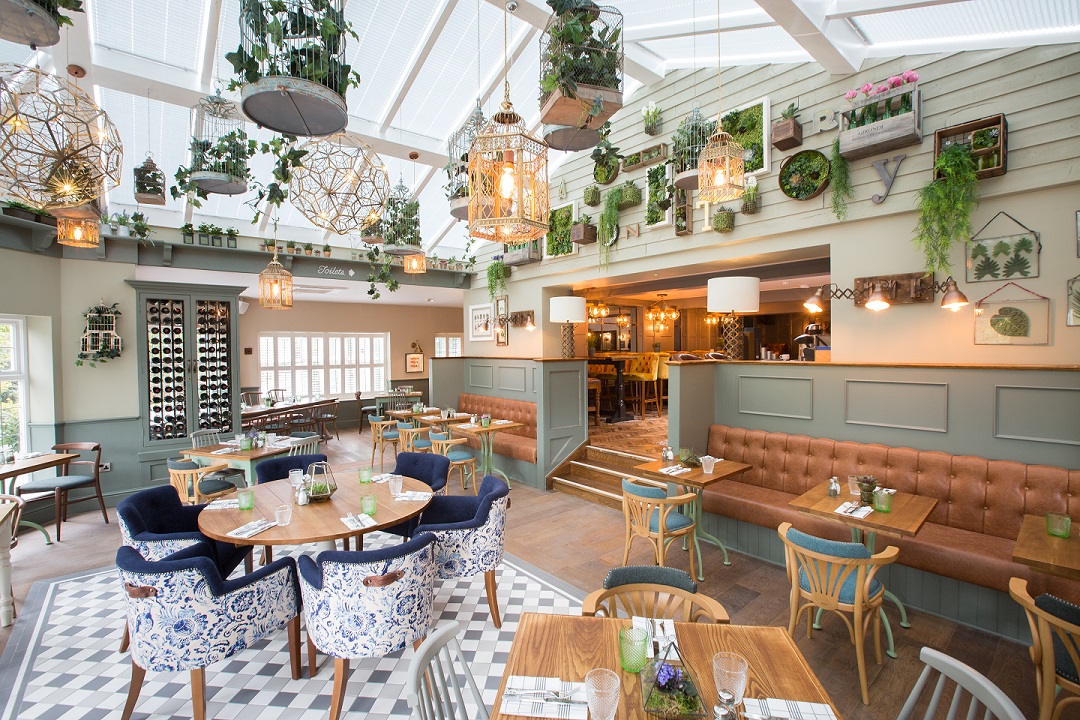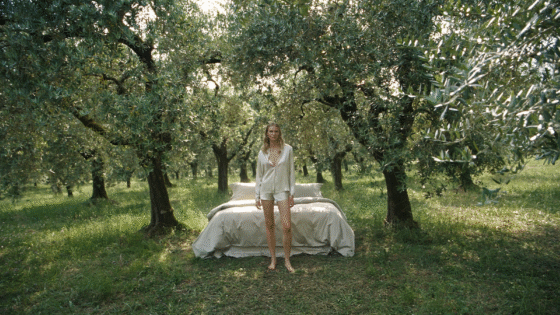Headed up by Managing Director Lee Birchall, DV8 Designs is renowned for designing and delivering unique and exceptionally creative solutions to each client depending on the site, brief and budget, with flexibility as one of its core strengths.
Lee is responsible for designing a number of hotels and venues across the UK. From country house classics to upmarket boutiques, DV8 Designs has an expansive portfolio that varies significantly. One common derivative between all of these projects, however, is the use of ergonomics which essentially captures just how guests will utilise their surroundings. Ergonomics aims to create safe, comfortable and productive spaces by transferring human abilities and limitations into fully functioning design.
Lee said: “Good interior design amounts to much more than just aesthetic appeal; a well-designed space should enhance the purpose for which it was intended. Ergonomics is the starting point for any creative venture of ours and is particular poignant within the hotel sector, with such venues often enclosing multi-purpose spaces ranging from guest rooms to conference halls, bars and restaurants to name a few – all existing under one roof. With a hotel of any size, it is crucial to get the layout just right to amplify the customer experience, using empathetic design to map out a guest’s journey from room to room with seamless efficiency.
“DV8 Designs was recently recruited to oversee the creative overhaul of The Stanneylands, located in Wilmslow, Cheshire, which saw us completely renovate the venue including 52 bedrooms, the restaurant and bar area, conservatory, reception area and function room. Before the team could even begin to think about how the space would look visually, we needed to get to grips with how the venue would operate & function – this is where ergonomics comes in to play.

“Our design brief began with a deconstruction of the original layout, assessing its functionality and practicality which led to a reworked and more efficient floor plan spanning across two levels. Finalising something as essential as a hotel layout involves careful assessment of each unique area, taking into consideration its proposed use and ensuring that each space is fit for purpose in terms of size and positioning within the venue.
“As part of the renovation, ergonomics played a crucial role in determining the functionality of certain spaces and saw us transform aspects of the hotel beyond aesthetic design, changing the capacity in which rooms would be used by guests and staff members alike. Aptly named ‘The Attic’, our team took this secluded guest room and created an additional, more intimate meeting space furnished with bespoke timber cabinet fittings that provided additional storage and housed the technical kit. The largest suite, ‘The State Room’, was designed with large-scale events in mind, allowing the venue to cater for the likes of weddings and corporate occasions. The fixtures and fittings, including carpets and lighting, were selected to ensure both practicality in terms of event management and maintenance, whilst complimenting the overall design brief.

“One of the most practical ergonomic challenges posed within the hotel sector is the positioning of the welcome desk; the heart of any hotel and often the first port of call for visitors. As well as serving as a key focal point for guests upon arrival, the welcome desk is also a workspace, often in use 24 hours a day. Great design not only caters to the needs of the customer but also aims to create a productive workspace for employees, with hotels being no exception to this rule.
“As an interior designer, it is essential to think in the mind-set of the customer and employee alike, combining both of their unique needs to create a venue that flows seamlessly. Not only is layout and functional design important for the overall practicality of a hotel, but it also ensures minimum risks in case of a hazard, allowing easy navigation around the building and quick access to different areas within the vicinity.”





